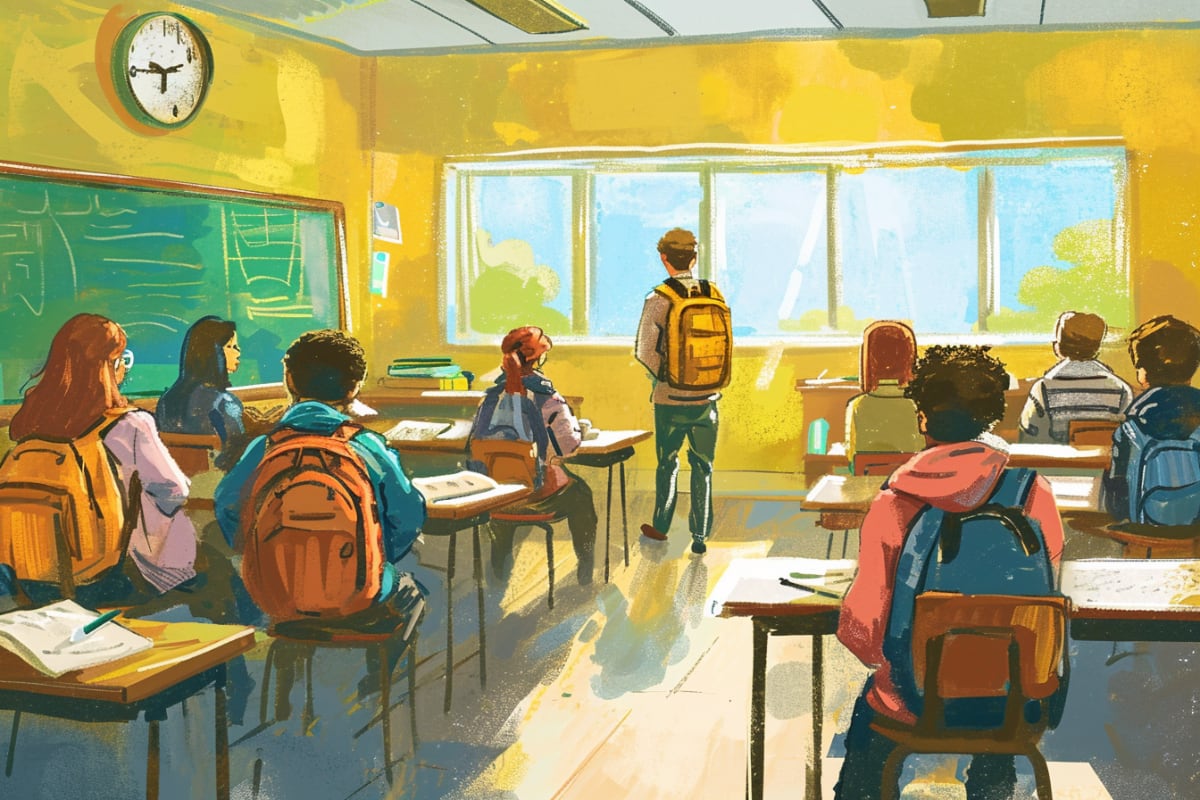Engaging students in the learning process is one of the most critical aspects of teaching. Students are more likely to retain and apply information to real-life situations when fully engaged. However, getting students to engage can be a challenge. Some of the challenges with student engagement and provide some strategies for overcoming them are as follow.
Challenges with Student Engagement
1. Technology Distractions
One of the biggest challenges with student engagement is the prevalence of technology. With smartphones, laptops, and tablets at their fingertips, students can quickly become distracted and disengaged from the learning process. Many students use their devices to check social media, play games, or watch videos during class, which can hinder their ability to focus on the presented material.
2. Lack of Relevance
Another challenge with student engagement is the material’s lack of relevance. If students do not see how the information they are learning applies to their lives, they may become disengaged and lose interest. It is especially true for subjects not typically considered “exciting” or “interesting,” such as math or history.
3. Learning Disabilities
Students with learning disabilities may also struggle with engagement and it can become one of the challenges with student engagement. They may become frustrated and disengaged from the learning process if they do not receive the appropriate accommodations and support. It can be especially challenging for teachers who are not trained in special education and may not know how to engage students with learning disabilities effectively.
4. Lack of Engagement Strategies
Many teachers need more effective engagement strategies to engage their students. Traditional teaching methods, such as lecturing, may only be effective for some students, and teachers may need to incorporate more interactive and hands-on activities to keep students engaged.
Strategies for Overcoming Challenges with Student Engagement
1. Set Clear Expectations
One strategy for overcoming challenges with student engagement is to set clear expectations for behavior and participation. Teachers should communicate their expectations for student engagement from the beginning of the school year and reinforce them regularly throughout the year. It can include expectations for active listening, participation in discussions, and completion of assignments.
2. Make Learning Relevant
Another strategy for engaging students is to make learning relevant to their lives. Teachers should strive to connect the material being presented and real-life situations. For example, a math teacher might use examples from a student’s favorite sport to teach mathematical concepts. When students can relate their learning to real-life examples, it helps them understand things easily.
3. Incorporate Technology
While technology can be a distraction, it can also be a powerful tool for engaging students. Teachers can incorporate technology into their lessons using interactive whiteboards, educational apps, and online discussion forums. It can help students stay engaged and motivated throughout the learning process.
4. Use Different Teaching Methods
Teachers should also use various teaching methods to engage students with different learning styles. It can include interactive activities, group work, and hands-on projects. By using different teaching methods, teachers can accommodate the diverse needs of their students and keep them engaged. If you keep using the same approach to increase their interest, then it won’t work.
5. Provide Support for Students with Learning Disabilities
Teachers should provide appropriate support and accommodations for students with learning disabilities. It can include providing extra time for assignments, breaking down complex concepts into smaller parts, and using assistive technology. By providing the necessary support, teachers can help students with learning disabilities stay engaged and succeed in the classroom.
Components of Students Engagement
Some frameworks and models define the components of student engagement, but one commonly cited framework is the one proposed by the National Survey of Student Engagement (NSSE), which includes four key components of student engagement.
Academic Challenge: This refers to the extent to which students are challenged intellectually and stimulated to think critically, solve problems, and apply knowledge and skills in new situations.
Active Learning: This refers to the degree to which students are actively involved in their learning, such as participating in class discussions, working on group projects, and engaging in hands-on activities.
Student-Faculty Interaction: This refers to the amount and quality of interaction between students and faculty, such as through office hours, mentoring, and collaborative research.
Enriching Educational Experiences: This refers to the opportunities that students have outside the classroom to engage in activities that enhance their learning and personal development, such as internships, study abroad programs, and extracurricular activities.
Conclusion
Engaging students in the learning process is a critical aspect of teaching. However, teachers face many challenges when it comes to student engagement. By setting clear expectations, making learning relevant, incorporating technology, using different teaching methods, and providing support for students with learning disabilities, teachers can overcome these challenges and create an engaging and effective learning environment.
FAQs
1. What technology is best for students in school for better engagement?
Smart class is the perfect option for you as a teacher to use for better engagement of students in class. Students often learn things more often with the help of visual learning.
2. Why is it important for teachers to include active learning techniques in the classroom?
Active learning is one of the best techniques to increase student engagement. Debates and quiz competitions always attract a student more than normal tests in class.
3. What is the best technique to increase self-awareness about engagement in students?
The best thing as a teacher you can do for your students to make them aware is to provide them with proper feedback recorded based on their awareness in the classroom.
4. What are the four important components of student engagement?
Student engagement is essential for teachers to create a better environment in class. The four key engagement elements are teacher involvement, relevant text, students’ confidence, and choice of topics.
5. How many types of student engagement are there?
Mostly the engagement of students in the classroom falls under the major categories, including cognitive, affective, and behavioral engagement. These types are mostly interrelated with each other.





